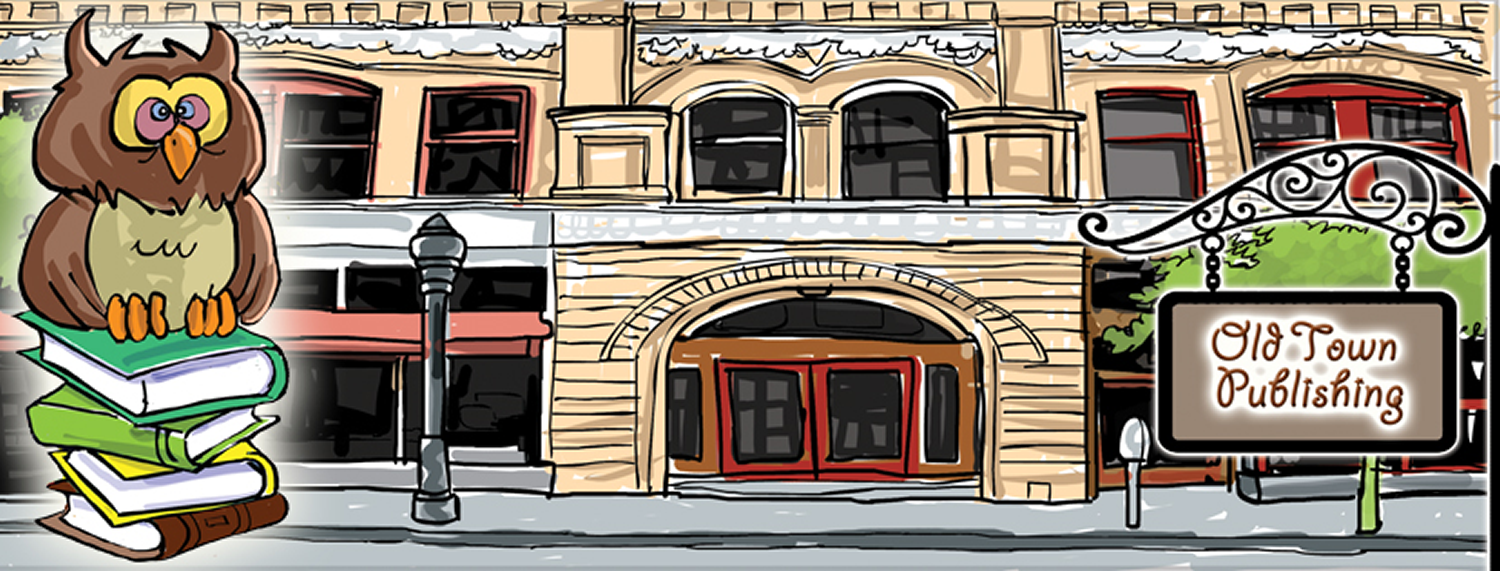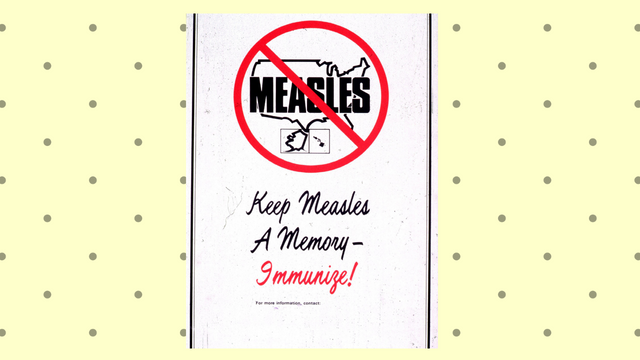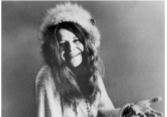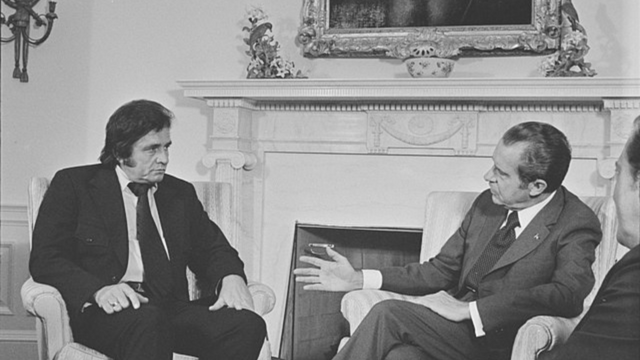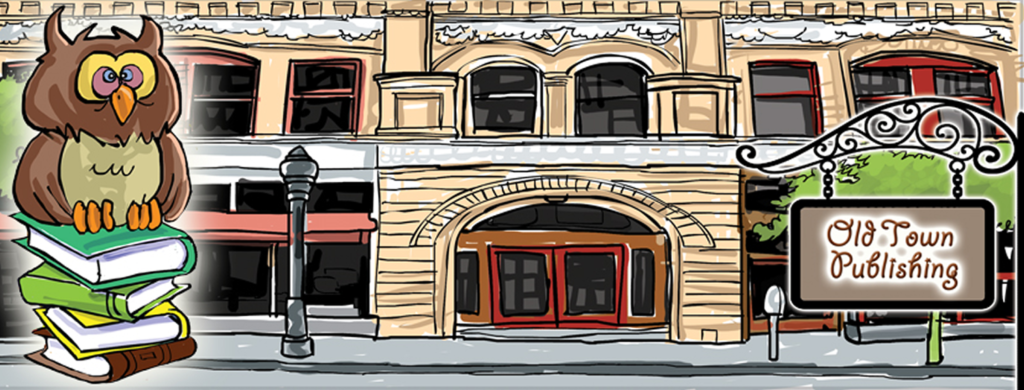By the time a measles vaccine was developed in the 1960s, the disease had been around and documented for over a thousand years.
One of the first cases was reported by a Persian doctor in the 9th century. In the middle of the 1700ds, Scottish phy-sician Francis Home discovered the disease was caused by an infection found in the blood – but no prevention or cure could be found.
By 1912, measles had made its way to the shores of the United States. In the first decade of its appearance, the disease accounted for an average of 6,000 deaths per year. One out of every four thousand children who contracted the disease would suffer from swelling of the brain and end up mentally challenged. Mothers contracting the disease would frequently miscarry or give birth to children with severe physical defects.
Measles continued to sicken and kill people in America and around the world until, in 1954, two physicians in Boston, Massachusetts, finally isolated the mea-sles virus and came up with a vaccine.
Virologist John F. Enders and fellow-scientist Thomas C. Peebles collected the blood from students who had become ill with measles, identifying and isolating the virus in the blood of a 13-year-old-boy named David Edmonston.
By 1963, the scientists at Harvard had developed a safe, and incredibly effective measles vaccine. An improved vaccine was developed by Maurice Hilleman and colleagues in 1968. They named it the Edmonston-Enders strain. This is the vac-cine still in use today.
Almost immediately following the release of the vaccine, an all-out inoculation campaign began. The number of reported measles cases began to fall dramatical-ly and by the year 2000, Measles was declared eliminated in the United States.
